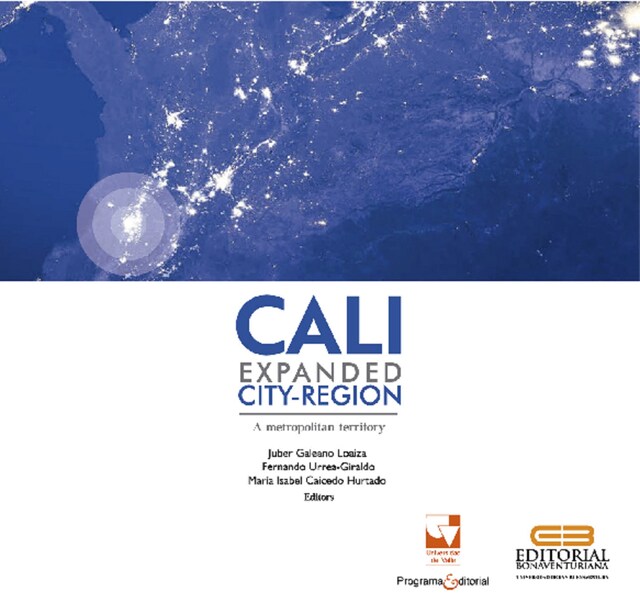
Cali, Expanded City-Region: A Metropolitan Territory
Om bogen
The analytical approaches to studying the region are diverse and evolve as research products appear, as a result of modern systems for collecting, processing and integrating information from the various disciplines. Studies based on political and administrative boundaries, very common in the nineteenth century, move towards the positivist approaches of the twentieth century based on the distribution and organization of demographic and economic factors. Afterwards, the population and its social conditions in terms of infrastructure, economic level and social status are the main object of studies on the regions. The conceptualization of these approaches to study the region enters into crisis with the most recent trends of globalization on industrial and urban geographies (Veltz, 1996; 2008), more visible since the eighties in the last century. The city expands until it overflows into areas without political administrative jurisdiction, giving rise to an urban-rural territorial continuum due to population flows seeking residence, employment, or flows of goods and services. In addition, new territorial identities are built because of ethnic-racial and cultural diversity, and companies are offered new territories to relocate in the midst of this territorial continuum. The rural space is transformed into a new structure and dynamic of economic, social and urban occupation, without necessarily disappearing territories of peasant character in the margins of the region, though they are more articulated to the urban dynamics of the region.
 Varios Autores
Varios Autores 259 Sider
259 Sider